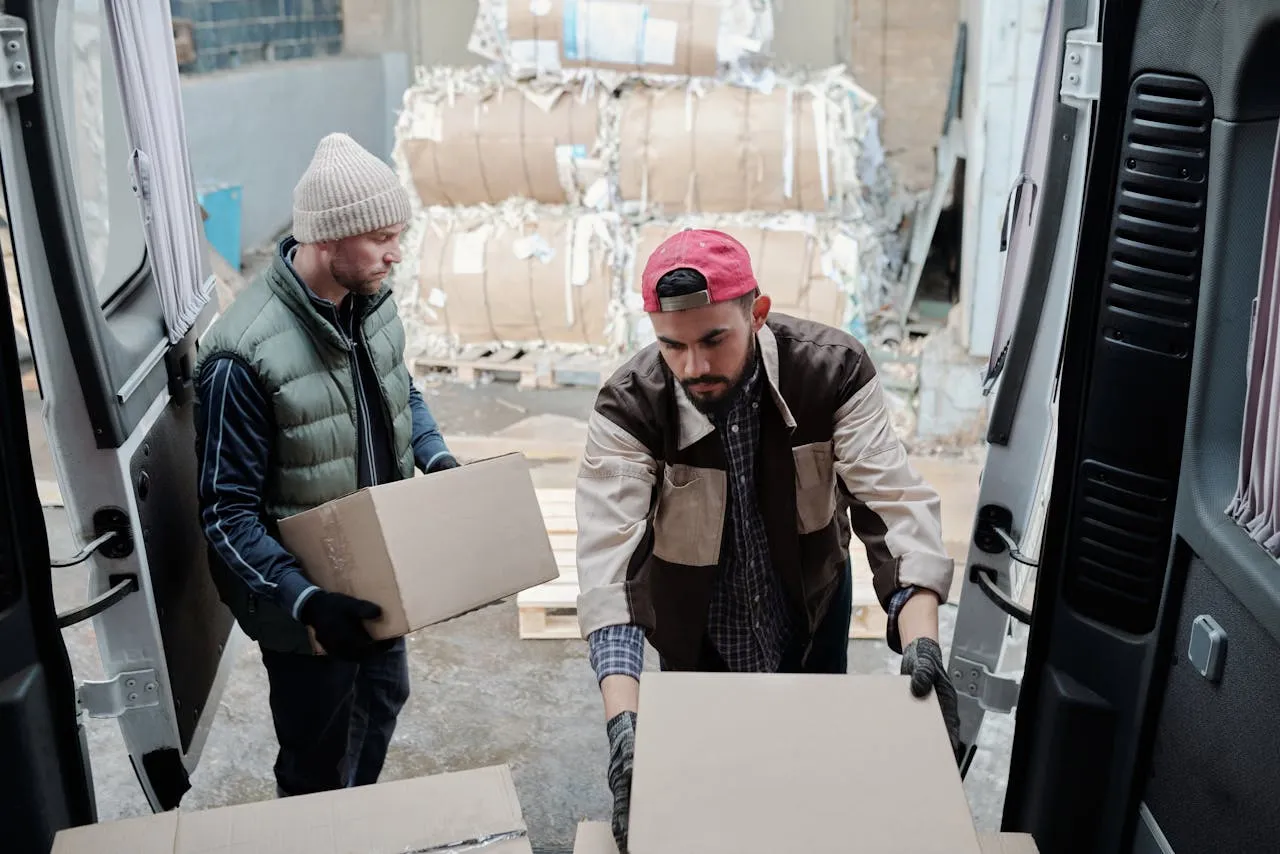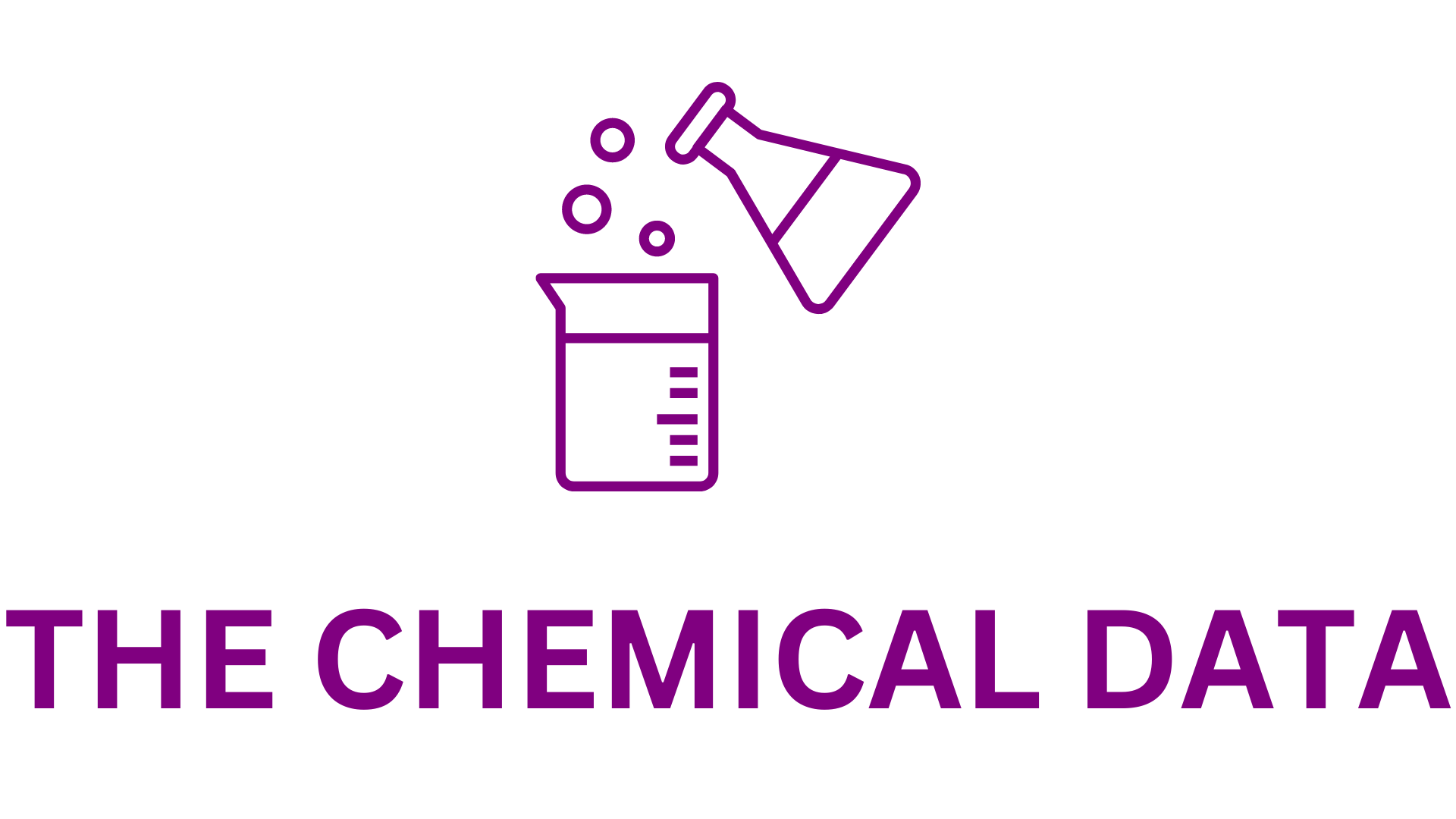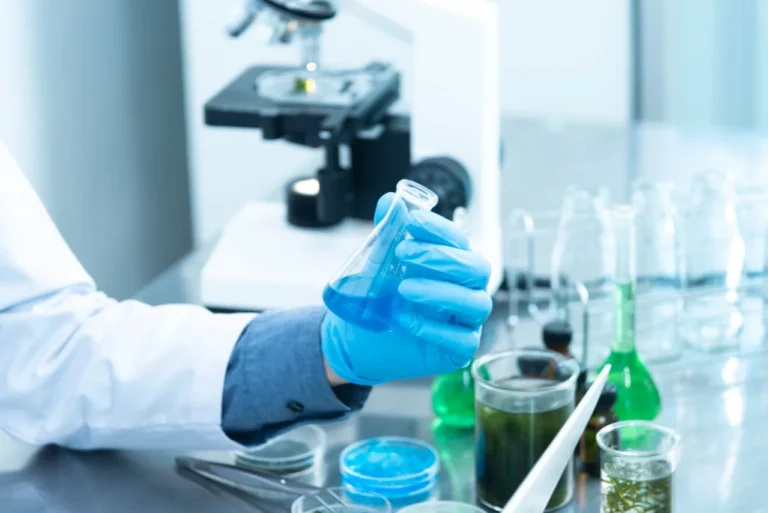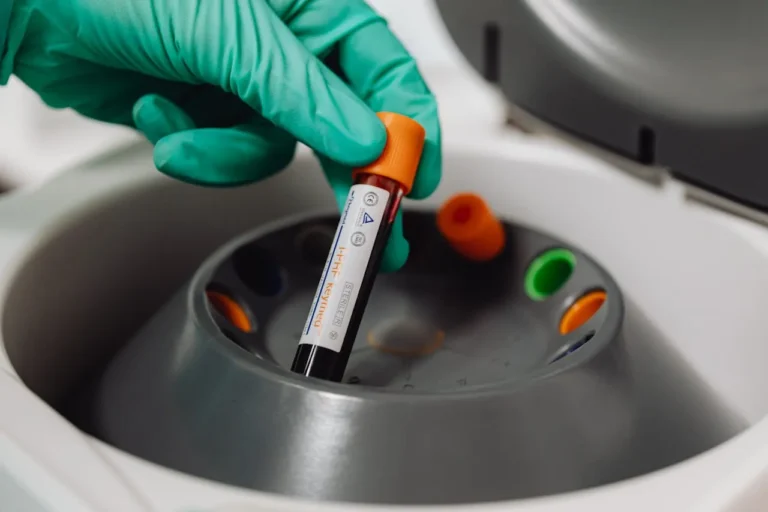
Brenntag Unveils World’s First CO₂-Emission-Free Chemical Distribution Facility in Austria, Setting a Global Sustainability Benchmark
Brenntag, the global leader in chemical and ingredients distribution, has marked a major milestone in its sustainability journey with the official opening of the world’s first CO₂-emission-free chemical distribution site. Located in Traun, Austria, the facility represents a pioneering achievement not only for Brenntag but also for the broader chemical logistics industry. This innovative transformation stands as a flagship initiative in Brenntag’s global strategy to drive climate-neutral operations and elevate sustainability in industrial supply chains.
The opening of this zero-emission facility follows months of comprehensive planning, redesign, and implementation efforts to revamp the site’s entire energy ecosystem. Through a holistic modernization strategy, Brenntag has upgraded the Traun facility to eliminate its operational carbon footprint. The site now serves as a strategic blueprint for the company’s broader decarbonization objectives and is expected to inform similar transformations across Brenntag’s global network of around 600 distribution sites spanning more than 70 countries.
Comprehensive Energy Overhaul
The transformation of the Traun facility was driven by a multi-pronged investment strategy, combining both innovative energy technologies and targeted renovations. In total, more than €1.5 million was invested to implement a comprehensive energy optimization plan that enhances both environmental performance and operational efficiency.
The energy overhaul included several key components:
- Thermal Building Renovation: Enhancements to the building’s insulation and infrastructure significantly reduce heat loss and energy waste, contributing to more efficient operations year-round.
- Heating System Conversion: One of the most transformative changes involved replacing traditional fossil-fuel heating systems with environmentally friendly groundwater heat pumps. These pumps, combined with low-temperature radiators, efficiently manage heating demands using renewable sources.
- Smart Process Optimization: Control systems for acid and alkali tanks, which require temperature regulation, were optimized for energy efficiency. This strategic adjustment contributes significantly to reducing energy consumption.
- Renewable Electricity Generation: A 220-kilowatt-peak (kWp) photovoltaic (PV) system was installed onsite. This solar installation produces approximately 220,000 kilowatt-hours (kWh) of clean electricity annually, fully powering both heat pumps (rated at 73 kW and 110 kW, respectively), in addition to supporting the site’s other electrical loads and charging infrastructure for electric vehicles.
The collective impact of these efforts results in an estimated annual reduction of 120 metric tons of CO₂ emissions—a volume equivalent to the average yearly energy consumption of approximately 50 Austrian households.
A Model for Global Implementation
With the successful transformation of the Traun site, Brenntag is positioning this project as a “lighthouse initiative”—a demonstrative, scalable model intended to guide future energy transition projects across the company’s vast operational footprint. Given the size and scope of Brenntag’s global network, the insights and data derived from this project are expected to provide a tangible foundation for additional upgrades and investments aimed at carbon neutrality.
“The CO₂-emission-free operation of our site in Traun is not just a technological showcase—it is a foundational step toward our 2045 climate neutrality goals,” said Andreas Kicherer, Vice President of Sustainability for the Brenntag Group. “By proving that it is possible to convert a traditional chemical distribution facility into a zero-emission operation, we are setting new benchmarks for our company and for the industry as a whole.”
Kicherer added, “As a company with over 150 years of scientific and industrial heritage, we have long understood the importance of adapting to evolving environmental standards. Our sustainability strategy is not theoretical—it is an actionable framework, and this project demonstrates our ability to deliver meaningful results.”
Political and Public Recognition
The inauguration of the Traun site took place on May 30, 2025, and was attended by numerous political and public stakeholders from Austria and across Europe. The event featured a formal ribbon-cutting ceremony, followed by guided tours and technical briefings that showcased the site’s innovations.
Officials expressed strong support for Brenntag’s investment in sustainable industrial operations, emphasizing the importance of such projects in driving regional and national energy transitions while safeguarding industrial employment. The site’s transformation was praised for aligning with the EU’s Green Deal objectives and Austria’s national climate strategy.
“The modernization of the Traun facility sets a shining example of how industry leaders can combine sustainability with long-term economic development,” said a regional government representative attending the ceremony. “By investing in renewable technologies and decarbonizing core processes, Brenntag has shown how sustainability can be a catalyst for innovation and resilience.”
Financing the Green Transition
The Traun project received strategic support from the Brenntag Carbon Fund, a company-financed initiative dedicated to promoting low-carbon and energy-efficient operations across the organization. The fund was established to accelerate the company’s carbon reduction commitments by supporting projects that demonstrate clear environmental, social, and financial value.
The Carbon Fund’s backing was crucial in enabling the wide-ranging renovations at Traun, including the adoption of renewable power generation, process electrification, and modern heating solutions.
Sustainability as a Core Strategy
This internal funding model is expected to serve as a vehicle for future projects across Brenntag’s global network, supporting a phased but steady migration toward more climate-friendly operational models.
The Traun site redevelopment is part of Brenntag’s overarching sustainability strategy, titled “Strategy to Win,” which integrates environmental performance into every aspect of business planning, investment, and operations. The company’s sustainability framework focuses on four strategic pillars:
- Climate Action: Achieving carbon neutrality by 2045 through operational decarbonization, renewable energy adoption, and emissions offsetting.
- Resource Efficiency: Reducing water use, material waste, and energy intensity across operations.
- Safe Operations: Enhancing chemical safety, logistics efficiency, and occupational health through continuous improvement and innovation.
- Social Impact: Fostering a culture of inclusion, stakeholder engagement, and community support.
The success of the Traun project is expected to accelerate further investments in similar site upgrades across the Americas, Asia-Pacific, and EMEA regions.
As the global chemical industry grapples with the dual challenge of meeting growing demand and complying with stringent climate targets, Brenntag’s zero-emission facility in Austria presents a compelling case for proactive leadership. By combining advanced engineering, renewable energy, and smart investment, the company has created a replicable model for environmentally responsible logistics.
In the coming years, Brenntag plans to share best practices from the Traun project with industry peers, policymakers, and environmental stakeholders, further cementing its role as a leader in sustainable chemical distribution.
“This facility is more than just a local achievement,” said Kicherer. “It’s a statement of what’s possible when innovation, responsibility, and ambition converge.”







